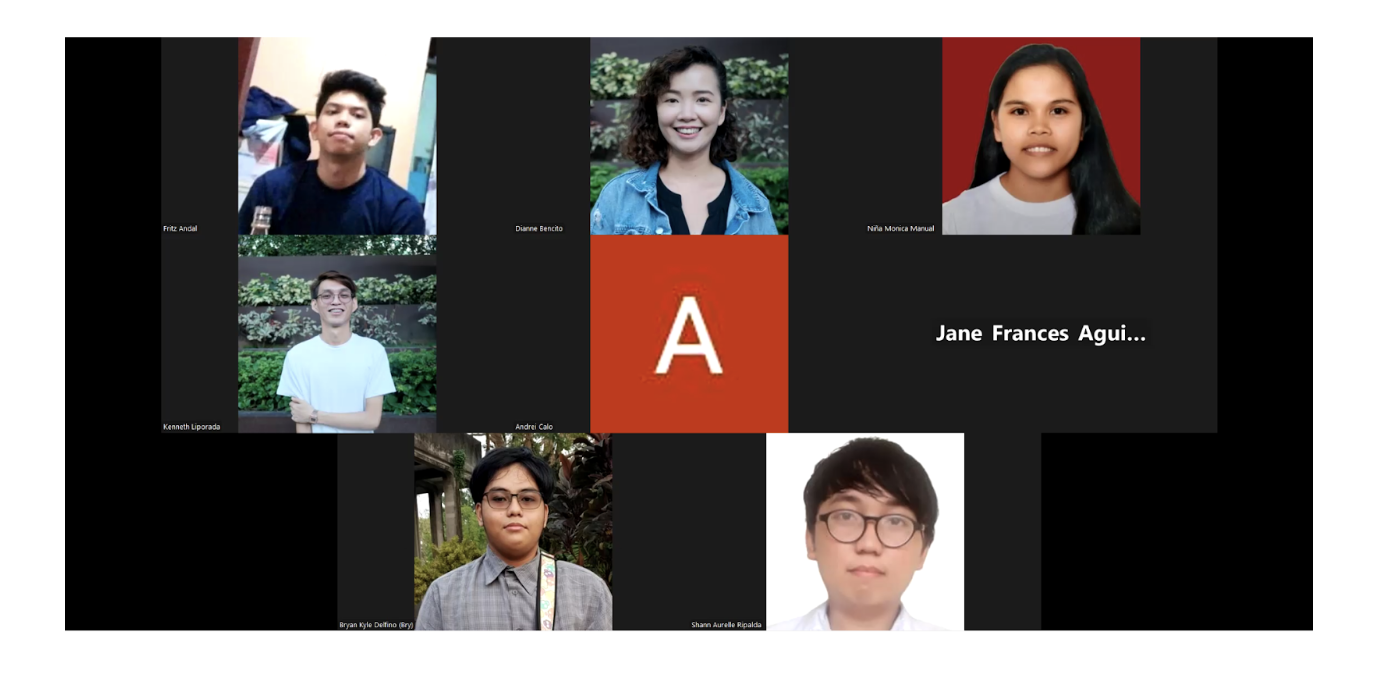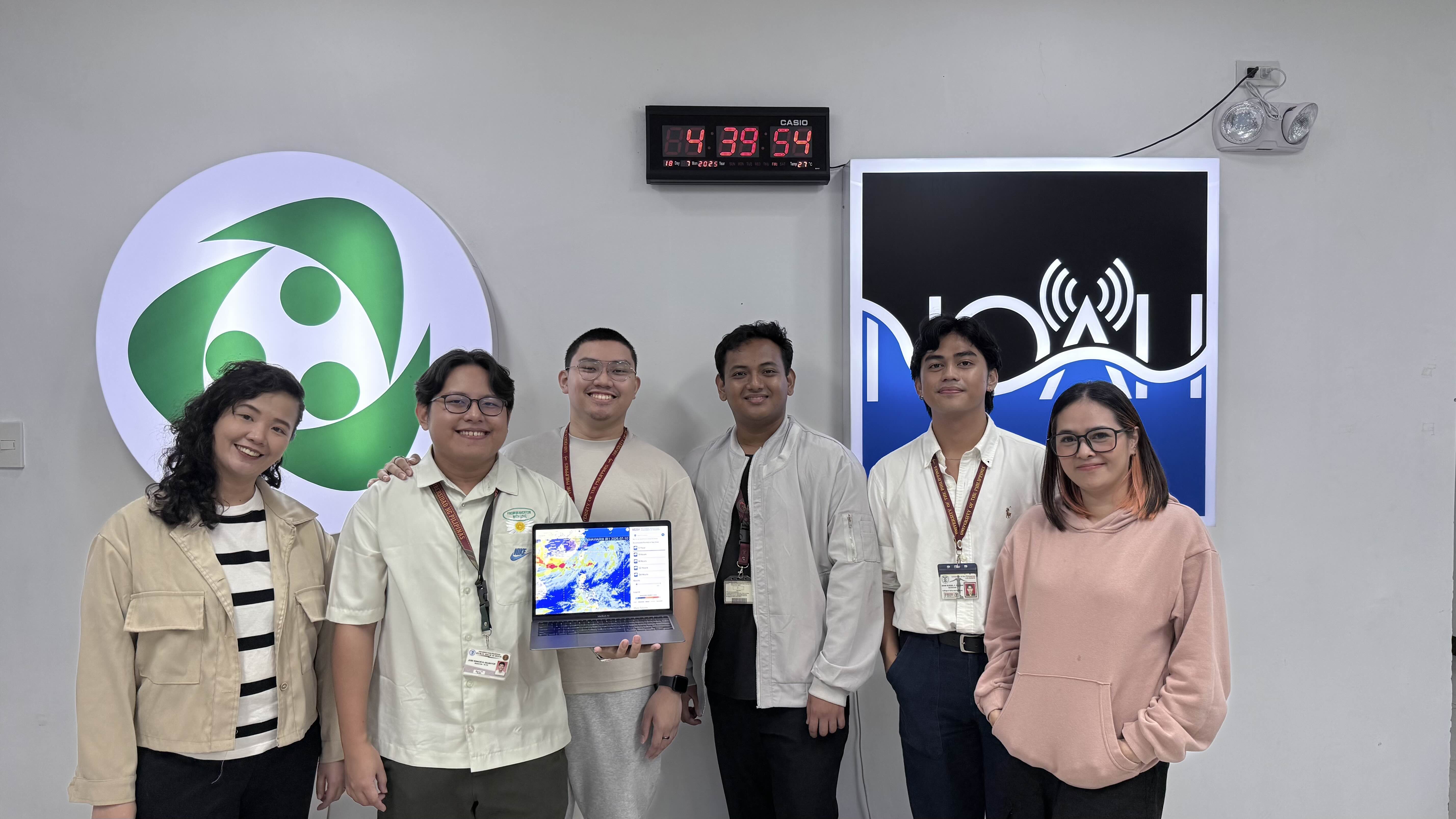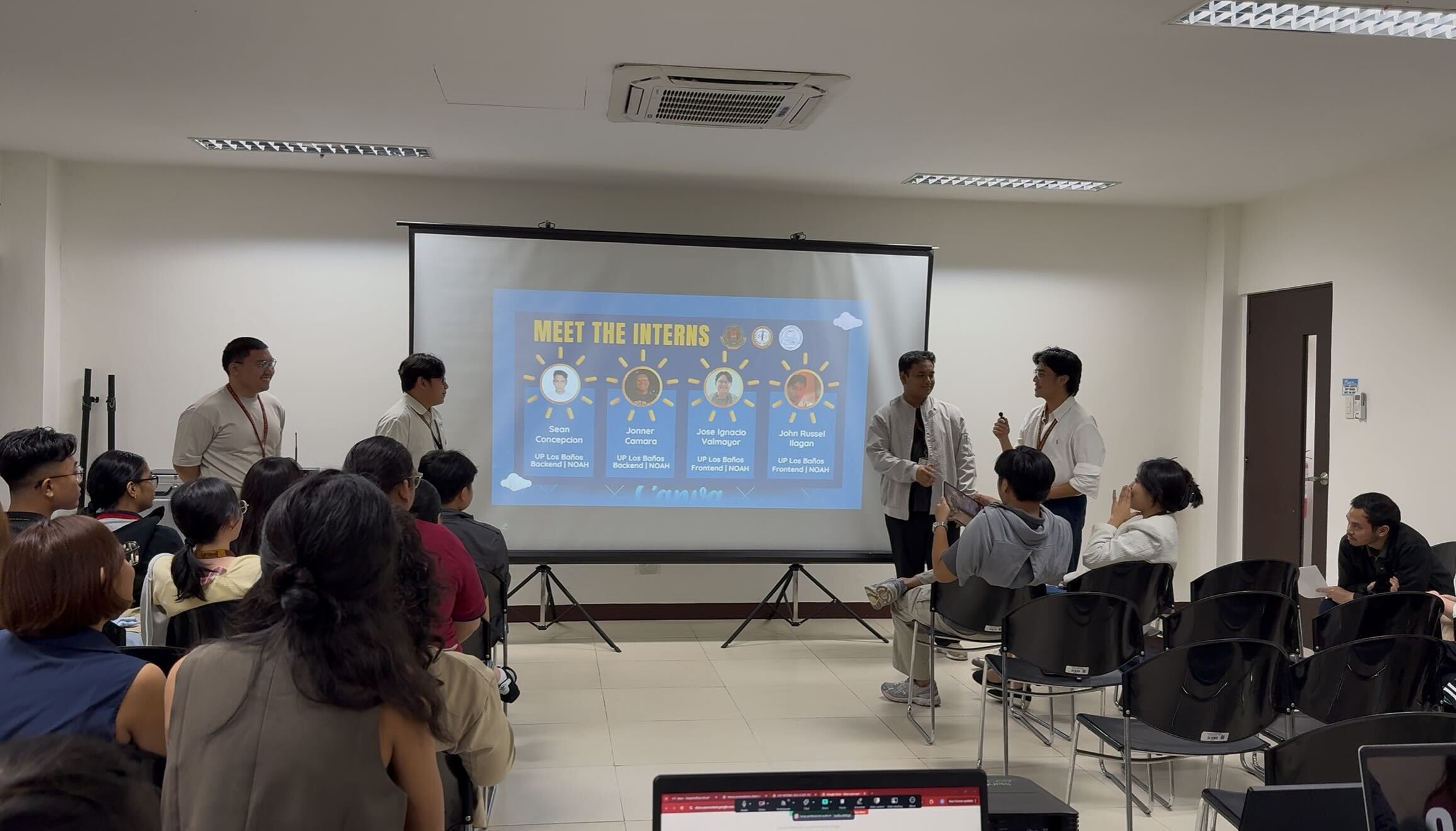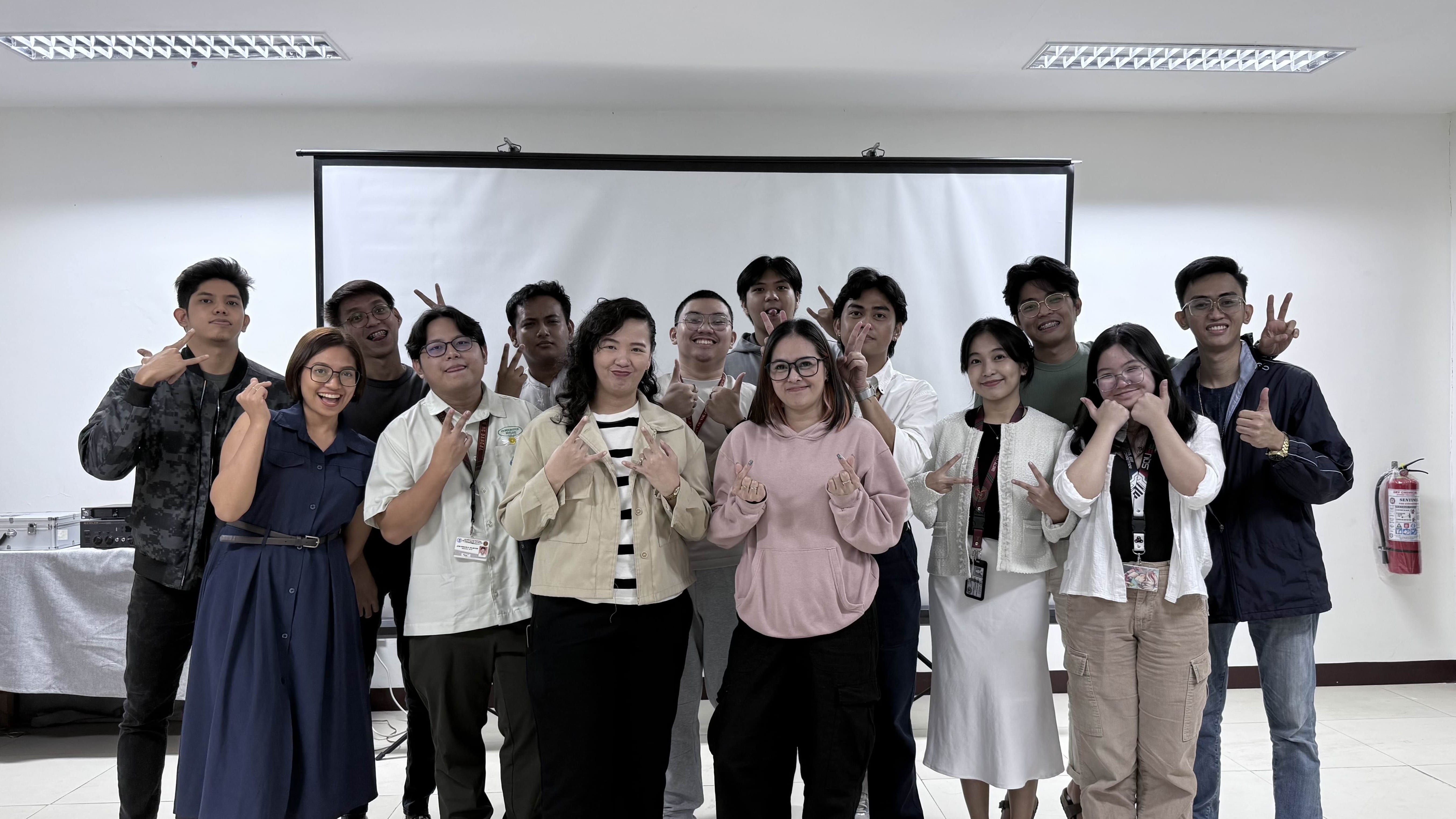In our push to build smarter, more responsive disaster tools, this year marked a turning point for the WebGIS team, where we hosted two batches of interns from UP Tacloban and UP Los Baños. Our vision for the NOAH app is to go beyond showing neighborhood-level hazard models and make it the go-to source of reliable, real-time information on weather disturbances in the Philippines. At the same time, the GINA (Grow and Identify Native Trees in your Area) app continues to evolve as a citizen science tool that encourages native tree mapping and supports research on biodiversity and climate resilience.
With these goals in mind, the Computer Science student interns brought fresh energy, solid technical capabilities, and a collaborative spirit that helped shape ongoing improvements to the GINA and NOAH mobile applications. Their contributions went far beyond the usual coding. With strong design sensibilities, they played a key role in shaping the user experience such as planning mockups, proposing interface improvements, and enhancing the overall look and feel of the two apps. Moreover, they also developed automation processes for scraping and structuring data, helping us streamline content integration and improve functionality. Their work helped us rethink how we approach both interface design and backend efficiency.
Batch 1: Setting the Foundation

The first batch designed and implemented the new “Weather Updates” feature for the NOAH mobile app (to be released soon!), enabling users to track typhoons forming and moving across the Philippines. This update introduces a dedicated map view and new sidebar navigation, allowing users to visualize typhoon paths alongside the HIMAWARI weather satellite images. To complement this, the feature also includes near-real-time accumulated rainfall contours from PAGASA and JAXA, providing users with a clearer picture of the ongoing and potential impacts on the ground.
Meanwhile, interns assigned to the GINA mobile app were split into backend and frontend teams. The backend team developed an automation process to extract tree information from external sources and populate the tree library with new information. The frontend team enhanced the app’s user interface, enhancing the leaderboard page, and refining map’s popups for a smoother and more engaging user experience.

Batch 2: Building on Momentum
The second batch of interns continued the development efforts started by Batch 1. For NOAH, the backend team automated the process of extracting typhoon track data from two different sources and converting them into GeoJSON – a format that organizes location data so it can be easily displayed on web maps. The frontend team then used this to show the typhoon tracks in the map, along with design refinements that built on earlier work.


On GINA, Batch 2 focused on the usability of the Tree Library feature. The backend intern enhanced the data extraction process to include detailed tree descriptions, making the Tree Library more informative for users. They also prepared datasets for machine learning to support the ongoing development of GINA’s tree identification feature.

Meanwhile, the front-end interns focused on redesigning the app’s interface to make it more user-friendly. They simplified the layouts, reduced text-heavy sections, and adjusted the visual hierarchy so that key information is easier to find. These changes improved the readability and made the app feel lighter and more engaging for users navigating the map and library features.

Reflections and Learnings
Working with two batches of interns showed us what can be achieved in a short time, but also how collaboration shapes the way we build tools. Batch 1 proved that even in a fully remote setup, interns could deliver meaningful outputs and keep a strong sense of teamwork. Batch 2, with its hybrid arrangement, reminded us of the value of face-to-face interactions for brainstorming, troubleshooting, and building camaraderie.
Across both batches, we also saw how important it is to balance technical work with design thinking. The backend solutions they developed, from scraping typhoon data to expanding the tree library, made our systems more informative and efficient. At the same time, their design choices gave the apps a cleaner, more user-centered interface, showing us how form and function need to move forward together.


Perhaps the most rewarding lesson was mutual growth. Interns gained real-world exposure to collaborative development practices such as version control, API integration, and design reviews, while our team gained fresh insights and new ways of approaching long-standing challenges. Their creativity and initiative pushed us to reflect on how we can make our knowledge product tools more informative while making them more accessible and engaging for the communities.

As the program continues, we look forward to building on these foundations, welcoming new ideas, and further shaping the NOAH and GINA apps into trusted, data-driven tools that help Filipinos prepare for and respond to disasters.
